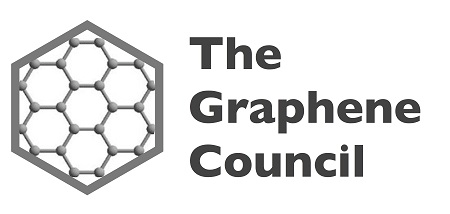
Image Credit: Neon_dust/Shutterstock.com
When graphene was first synthesized, a lot of research went into investigating how it could be used in electronics, like FETs and memory. However, little research was done into the use of graphene in acoustic devices.
This was mainly because it is difficult to make low-frequency sounds through graphene due to the large-area requirement.
However, in 2011, Tian-Ling Ren’s group at Tsinghua National Laboratory for Information Science and Technology (TNList), in Beijing, China, developed the first graphene sound source device in the world. This was the first time that acoustic devices had made use of graphene.
This device was capable of producing sound in a wide sound frequency range from 100 Hz to 50 kHz.
Acoustic Devices and Thermoacoustics
One approach to utilizing graphene in acoustic devices uses thermoacoustics. Thermoacoustics is built on the principles of a century-old idea that sound can be produced by a material when it is rapidly heated and cooled.
When this principle is applied to graphene using an alternating electric current (AC), it transfers thermal variations to the surrounding air. The air then expands and contracts and produces sound waves as a result. This is in contrast to the majority of acoustic devices that use the vibrations of material inside of an acoustic box.
In 2016, researchers at the Korea Advanced Institute of Science and Technology (KAIST) used thermoacoustics to produce a new speaker design specifically targeted for the mobile audio market. KAIST used graphene to create a speaker that does not require an acoustic box in order to produce sound. The researchers at KAIST used graphene in a comparatively simple process that gave them the long-elusive thermoacoustic speaker.
The Fabrication of a Thermoacoustic Speaker
While graphene has previously been shown to enable thermoacoustics (and carbon nanotubes have even been used to create thermoacoustic speakers) what made the researcher’s work at KAIST special was the ease with which the graphene-based speakers were made. The researchers claim that their simple, two-step process will easily allow for commercial applications.
The researchers believe that the simplicity of the fabrication process could lead to the mass-production of the speakers in mobile devices and other applications. Although mobile devices are the first applications to come to mind for a device like graphene-based thermoacoustic speakers, other uses are being considered.
As graphene is almost transparent, the researchers believe that this technology could be used not only to transmit sound but images as well. In medical applications, the technology could be used for ultrasound imaging, and based on the strength and flexibility of graphene, researchers at the University of Exeter in the UK believe that an ultrasound device enabled with a graphene chip could offer better imaging through contact with the patient.
The Exeter research group also hopes that, due to the low production costs, graphene acoustic devices could someday be used in real-time patient monitoring applications like intelligent bandages.
Near-Future Applications
A more near-term application for these graphene acoustic devices could be in the telecommunications industry. Noting the technology’s frequency mixing capability.

This information has been sourced, reviewed and adapted from materials provided by The Graphene Council.
For more information on this source, please visit The Graphene Council.